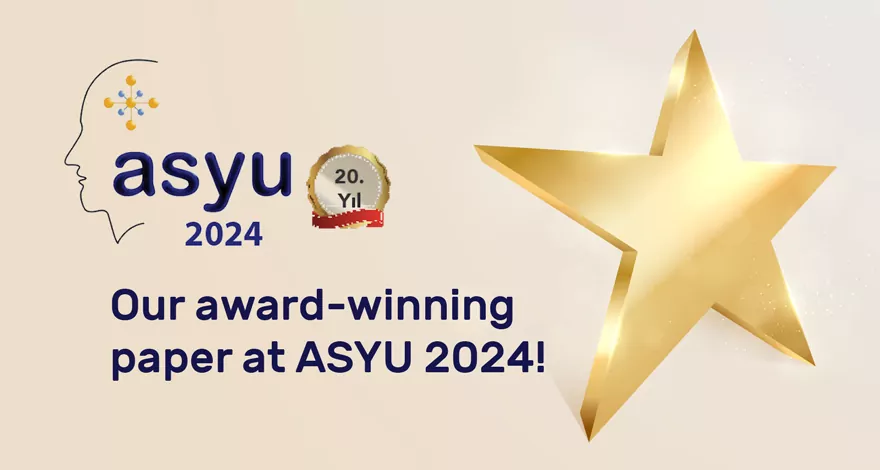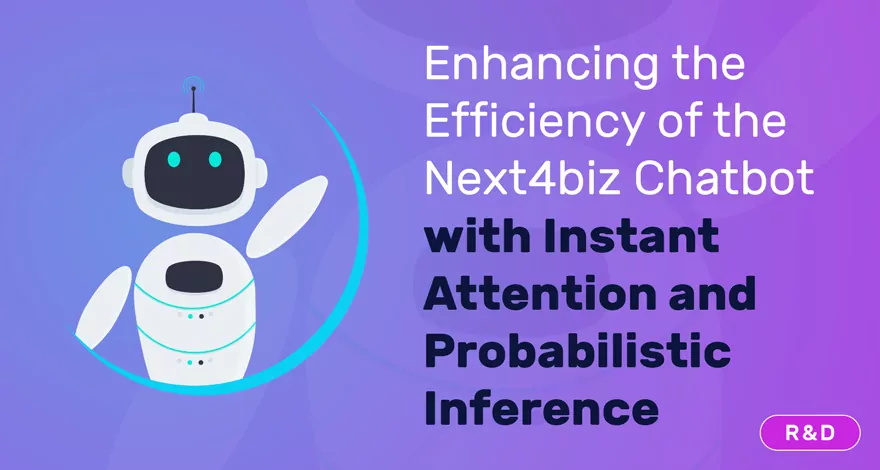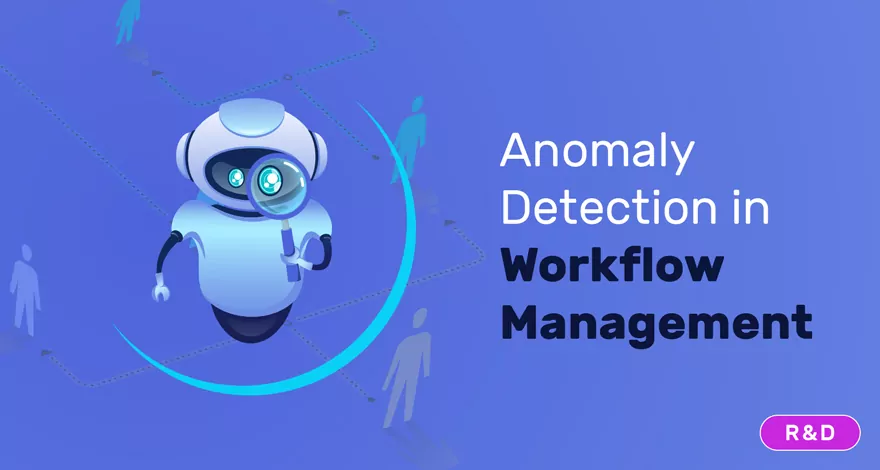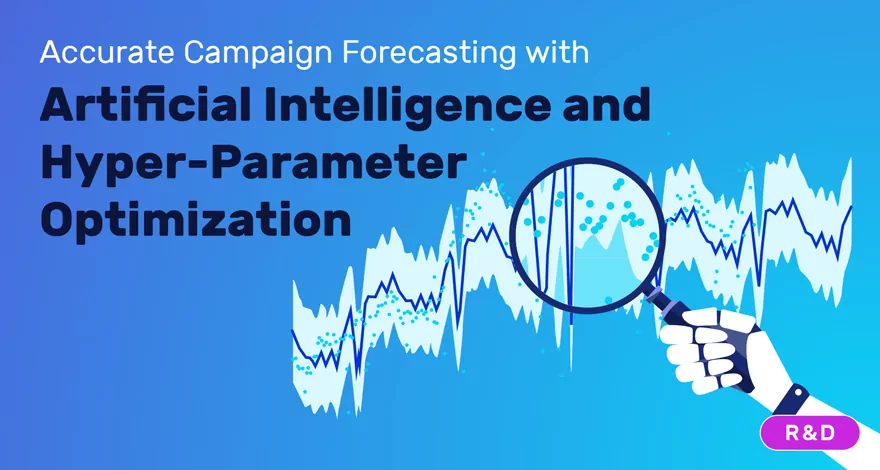Demo

The shift is reflected in the new voice of customer tools being used by organisations. By 2025 according to Gartner, 60% of customer service organisations will have adopted technical solutions providing the capability to analyse the spectrum of textual and audio customer communication in addition to classical questionnaires.
But, why is the traditional route of accessing the VoC through after-service voice of customer surveys no longer considered solely sufficient and is being supplemented by new tools and approaches? What problems associated with how surveys are performed drive this trend?
With inbuilt or add-on functionality available in most modern CRM applications - now the indispensable marketing tool for organisations - speedy and low effort customer surveys are easier than ever. However, bad questionnaire design frequently leads to undesirable outcomes which cannot be compensated by the efficiency of the voice of customer survey process.

Issues in Survey Design
Most design issues fall under the following categories:
- Narrow scope: Closed questions of non-specific content aimed at measuring satisfaction are generally unsuitable tools for providing customer insight.
- Limited content: Most questionnaires are kept deliberately short to encourage customer participation. The downside is that the actual information targeted remains largely opaque.
- Insufficient representativeness: A low survey response level leads to results statistically un-representative of the customer set. Results may become skewed/biased toward sub-segments or demographics within the customer population.
- Leading questions: Questionnaires containing leading questions negatively impact the impartiality or perception of impartiality of survey results.
- Closed questions: Providing customers with a finite (closed) choice of answers to select from, makes responding to the survey much easier and analysis of the results straightforward; the cost is missing out on penetrating observations regarding customer attitudes.
- Customer effort: Responding to a questionnaire requires customer effort. A high frequency of questionnaires targeting the same customer compounds this effort and leads to “survey fatigue”.
So, is there a more effective way to obtain customer insight?
Definitely!
Effective Customer Insight
To begin with, let’s reiterate the three main ways to facilitate voice of customer insight
- Direct feedback analysis is the classical “pull” method widely used in customer experience management. It involves collating customer responses to direct questions. This approach is often afflicted by some or all of the problem categories described above.
- Indirect feedback analysis covers all methods of deriving customer insight through unsolicited customer responses.
- Deductive feedback analysis covers all methods of deriving customer insight from customer behaviour.
Direct feedback analysis relies on surveys, focus group studies and/or customer advisory committees. Surveys are typically triggered by a service or product being provided to the customer. Either after the service (via channels such as SMS, e-mail, push messages etc.) or during live interaction with a customer representative (via the telephone or chat), the customer is prompted to respond to a questionnaire.
Indirect feedback analysis uses tools such as speech analytics, emotional analysis and textual analysis. Voice records, chat messages, email texts, social media posts provide the source for this analysis.
Deductive feedback analysis on the other hand, depends on digital behavioural analysis utilising customer life-cycle interaction. Data derived from customer interaction with self-service pages, use of mobile devices and purchase/post-purchase behaviour supports this type of analysis.
Responses to direct feedback surveys can be YES/NO style answers to closed questions, as well as scoring (e.g. Net Promoter Score) and/or textual (usually somewhat emotional) answers to open questions. The unstructured audio-textual data that indirect feedback utilises may be emotionally highly charged (positively or negatively). By comparison deductive feedback analysis looks at concrete data: Pages visited, time spent on a page, product data requested, product/service purchase and usage conditions etc.

Taking Action
In view of the alternatives available to obtain customer insight, what actions can we take to enhance our hearing and understanding of the “voice of the customer”? Here are the most important ones:
- Use a multi-dimensional approach. Continue improving and leveraging survey data, but supplement this with the data produced by your customer service management (CSM) and customer relationship management (CRM) processes. Endeavour to gain insight into the end-to-end customer experience feedback analysis.
- In addition to static questionnaires, make use of dynamic questionnaires that correspond to the diversity of customer communication channel preferences and provide more context specific data.
- Listen to and synthesise your customers across the spectrum of communication channels. Make sure that the obtained customer insight is deployed correctly. Put customer insight to use in enhancing the customer experience by not only focusing on the content of your message, but also by modulating your approach and language accordingly.
- Devise and deploy a suitable scoring system to score all customer feedback. Evaluate customer satisfaction through this analysis and combine with classical questionnaire results and deductive feedback analysis to produce a comprehensive and in-depth picture of customer experience.
- Don’t settle for just “good” customers! Aim for “ever better” customers through continuous exploration and exploitation of feedback.
- Your goal should not be to gain “good customers” through feedback analysis, but “ever better customers” through continuous exploration and exploitation of feedback.
The emerging customer expectation management paradigm reflected in these points, is the capture of full spectrum voice of customer across all customer facing service/relationship management processes and communication channels with the aim of understanding the customer as a holistic entity, as opposed to understanding particular customer transactions and interactions.
There are however, two instruments you will definitely need: A future vision explicated in the form of a strategic roadmap and a purpose-designed software solution; to guide and support you along the path plotted by this roadmap, on your quest for deeper insight and “ever better customers”.







